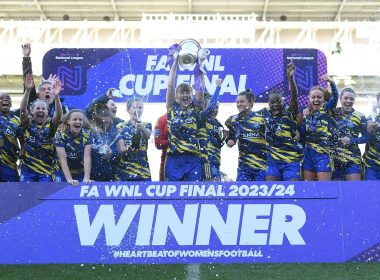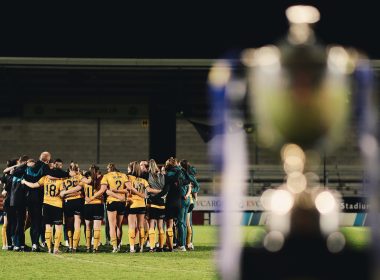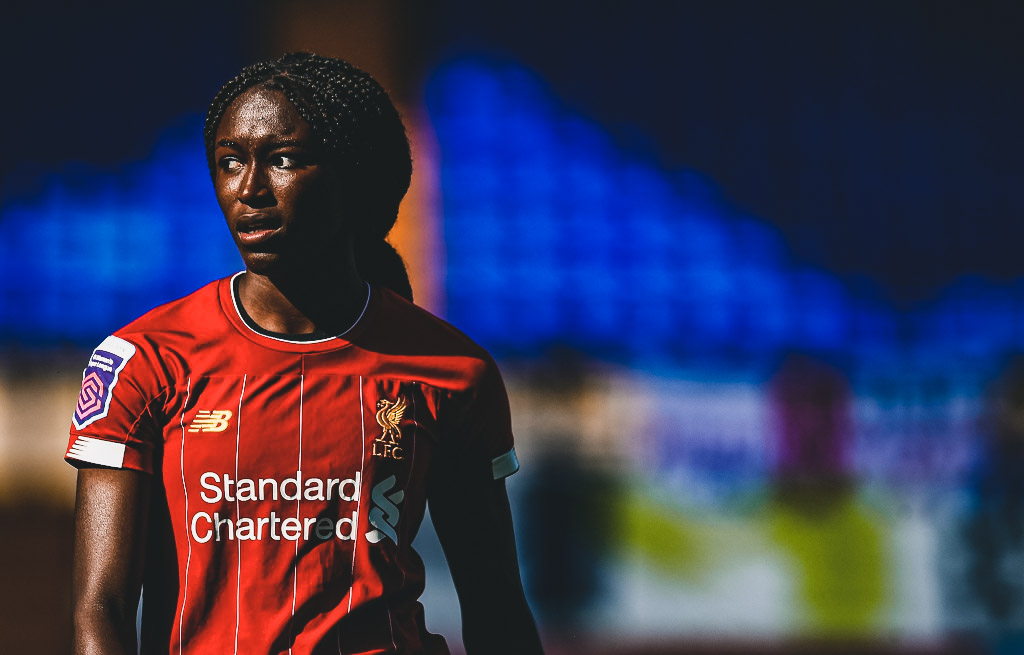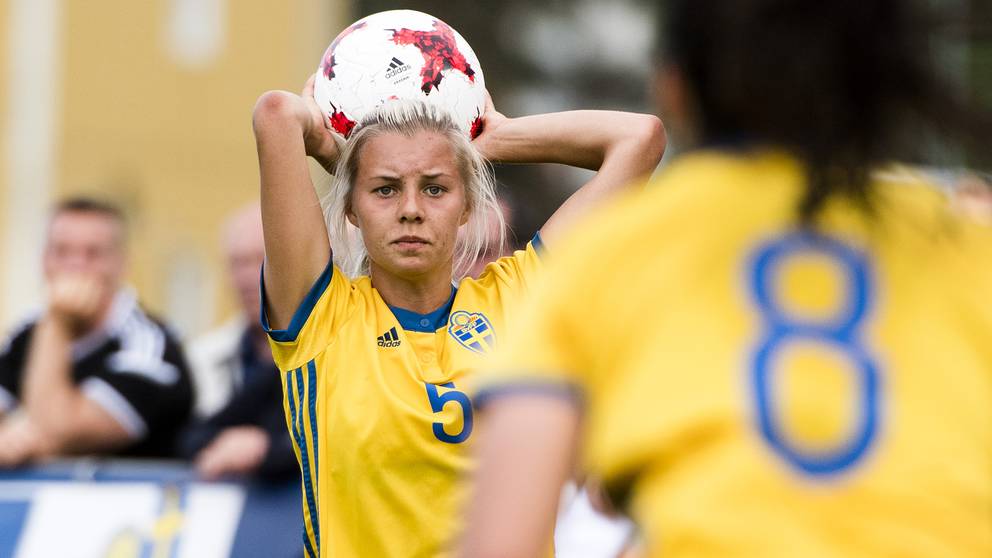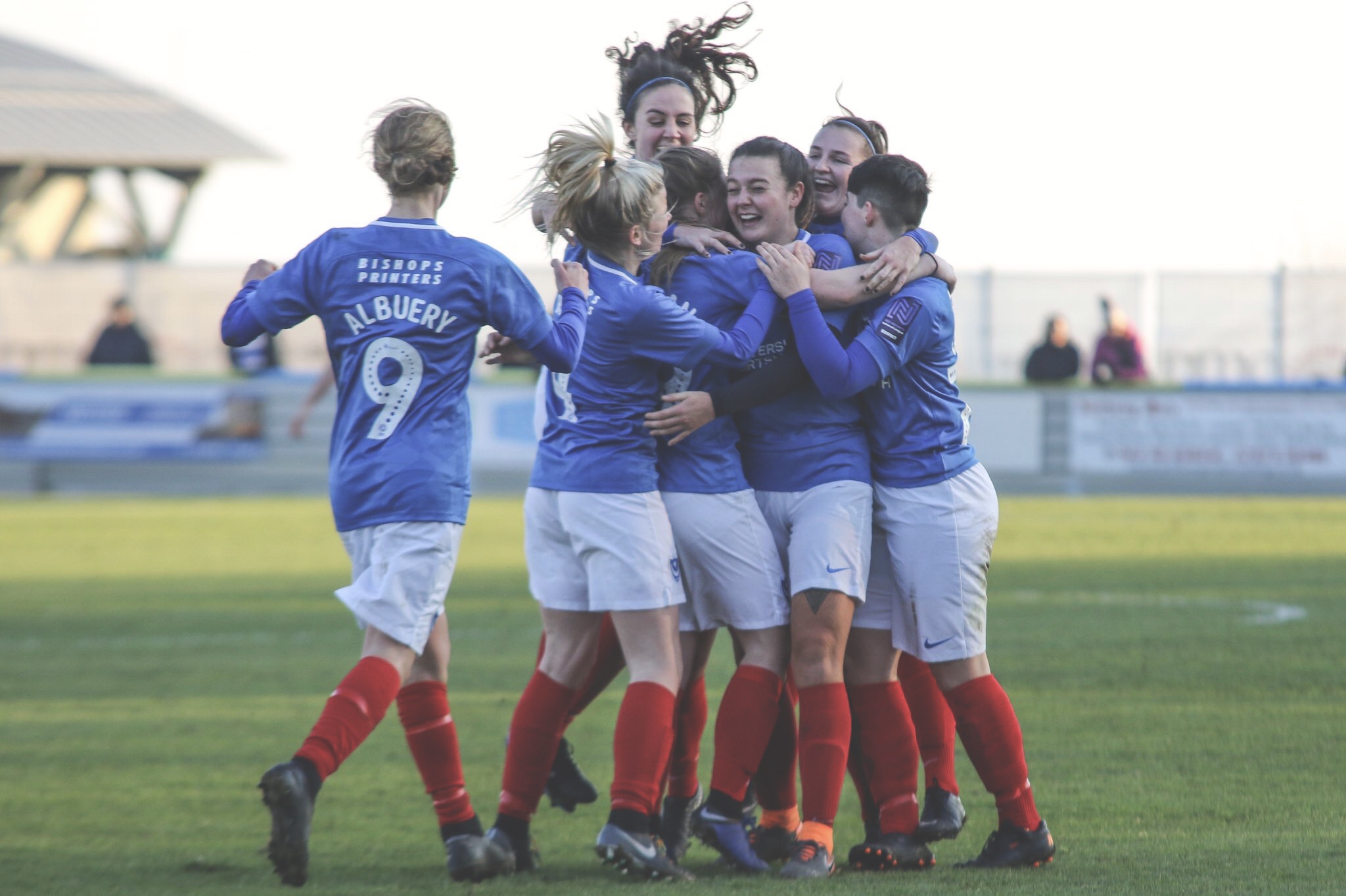Perhaps it is the growing accessibility of the game, the sportsmanship of the players, the personal flourishes peppered throughout the fan base. Or maybe it was a childhood hobby, the spectacle of the recent World Cup, or even an enthrallment with that infamous Beckham film that sparked curiosity. However it came to be, it is safe to say that interest in women’s football is the highest it’s been in recent times.
With televised coverage beginning to shape up, and the birth of applications such as the FA Player, women’s football is more accessible than ever. What is being established is a movement in which female players, especially those in the national side, are breaking into the mainstream media. It was pretty pleasing to see Ellen White, Nikita Parris and Jill Scott appear alongside their male counterparts in a recent food delivery service advert. It seems that the world is finally opening its eyes to the power of women in sport.
As gratifying as it is to see the Lionesses deservedly becoming household names, what is more exciting is the sheer number of people that they, and the sport as a whole, is bringing together. As the sport grows, so does the very foundation on which it sits, its upstanding fan base. Take for instance, January’s sell-out London derby or the Lionesses epic at Wembley Stadium last year. “Wembley was unimaginable” says presenter and producer Helen Hardy, “75,000 fans screaming and waving flags”, unthinkable even just a few years ago.
It is difficult to pinpoint exactly what it is that makes women’s football so endearing, it surely varies from person to person. But the women’s game boasts a certain charm that is seemingly not reflected elsewhere. It could be argued that although male and female players play the same sport, they play a slightly different game. When comparing the two, there is an identifiable variance in both flow and endurance, with ‘Edge of the Area’ blog founder Lucy Fuller quite aptly distinguishing, “how often do you see women rolling around on the floor trying to milk every challenge? Very rarely.”
But more than a match itself is the magic of women’s football as a whole. The WSL now flaunts some of the best female players in the world, and supporters are able to get up close and personal to the action for a minimal cost. “I think this is really good value for money when compared to how much it costs to go to matches in the Premier League” says frequent attendee Paul Donegan.
Being able to see the world’s finest for such a reasonable fee undoubtably factors in the observably expanding crowds. However, it is perhaps the goodwill and nature of the players that sees them return. “[Players] always generously give their time at the end of the game to interact with fans” comments ‘Since 71’ founder and girls youth football coach Stuart Barker. In fact, Barker’s comment was echoed by many, well documenting that typically, players are liberal with their time for fans at the end of matches. Furthermore, this act is usually carried out regardless of outcome, with one supporter noting, “not only did players from [team] come over for signatures and photos, the players from the opposition did as well.”
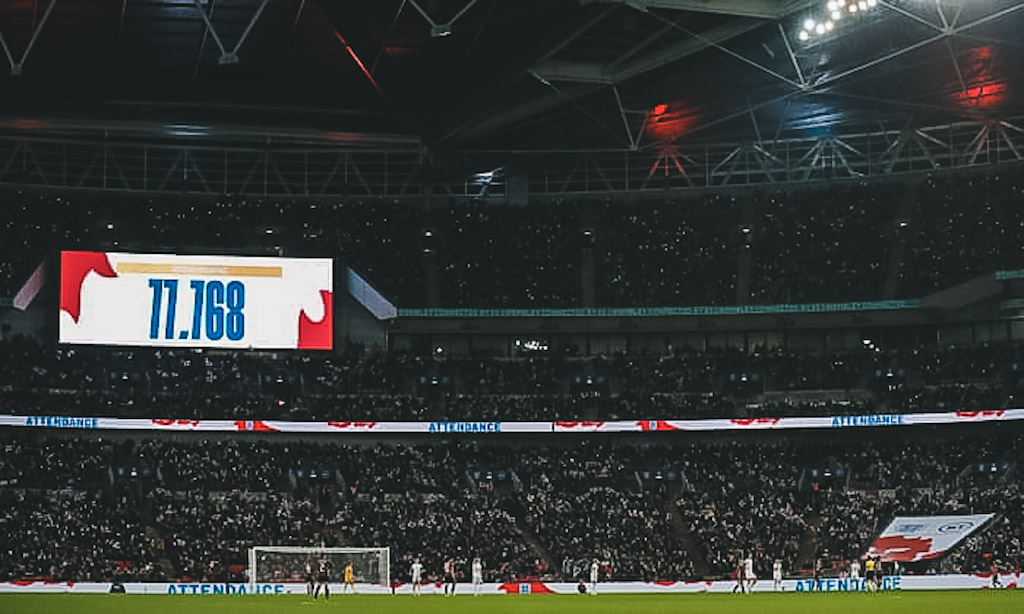
Whilst this is certainly not expected, it is absolutely appreciated. A gesture that quite simply outweighs anything money could buy. As the game grows, Fuller considers that it may be “harder for players to stay involved” with this full-time tradition. This would certainly be a shame, and ‘The Women’s Football Magazine’ editor-in-chief Helen Rowe-Willcocks surely speaks for the masses when she adds she “hopes it’s something that we never lose from the game”. But whether this custom diminishes or not, these personal touches will always remain at the very heart of women’s football.
Yet gameday is not the only time in which players take the time to involve themselves with their fan base. Many female players are no strangers to social media. Of these, a large number use their accounts to interact with supporter’s groups, blogs, and, in some cases, individual fans. The impact of these little acknowledgements here and there cannot be underestimated, especially in the current uncertain climate. One fan comments that the content provided by players over the course of the lockdown, “clearly demonstrate[s] that our teams do appreciate supporters”, and it is most comforting to speculate that the gratitude fans have for players is reciprocated.
Player and supporter interactions are quite perfectly summed up by ‘It’s Not Soccer’ podcast host Hannah Inglis, “the time players commit after games to sign autographs, and on social media to engage with fans; they truly are inspiring a generation.” Whether they aspired to be or not, these women are fast becoming role models, and it seems that they certainly value this. Unlike the youth of yesteryear, children are able to watch and engage with female “athletes at the top of their game”; it is rather wonderful that “young girls have these accessible role models my generation never did”, affirms Hardy.
The younger generation indeed makes up a large part of the fan base. Women’s games are known to attract families, and once one has attended a match, it is easy to see why. If the players are friendly, then the fans are positively cordial. “I’ve never once felt unsafe at a women’s game” says Inglis, a nod to the characteristically harmonious atmosphere felt at a women’s match, unlike the hostility sometimes endured at a men’s. However, that is not to say that there are no welcoming communities within the men’s game. There absolutely are. But these tend to be formed as a part of a single club, as opposed to the fan base as a whole.
In comparison, spectators at women’s games are respectful of each other, regardless of who they are there to support. “I have never noticed any issues between different sides supporters” says Donegan, who goes on to note his observation of a mixed stand at the Manchester derby. A scene that simply would not exist in the Premier League. What is more, this merging does not just occur at the grounds, “fans from different clubs get together before and after matches” observes Rowe-Willcocks, showing that an opposing preference but a shared passion can quite amicably exist side by side.
As is the case in all sport, loyalties and rivalries run through the women’s game. Of course, this is an important part of healthy competition. “There is a banter rivalry there but there is no malice” notes Rowe-Willcocks. Indeed the almost neighbourly nature of the fan base means supporters of different clubs can voice their views without the fear of repercussions. “Everyone has their own opinions”, says Fuller, “fans can more often than not argue the points in a pleasant way”.
This is certainly seen within typical footballing practices, such as chanting, on gameday. Unlike the men’s game, pitch side antics remain clean. Albeit they may be a little quieter than the warble of the men’s, supporters’ clubs “invest a lot of time writing creative chants in honour of their teams” says Barker. Yet these chants are solely supportive of their respective clubs, and never become derogatory towards players or fans of the opposition. Patrons of the game would surely be disappointed to see these turn into anything more sinister. However, supporters recognise that perhaps there is ground for the rousing noise of a men’s game, and the mutual respect of the women’s, to meet somewhere in the middle.
Inclusion is arguably the most important aspect of women’s football. The women’s game is, without exception, completely inclusive, and there is absolutely no room for anything else. With a number of female players openly regarding their sexuality, the LGBTQ+ community is well represented on both sides of the side-lines. Having openly gay role models is undoubtably
a comfort to anyone who is perhaps struggling in coming to terms with their own personal affairs. With players leading by example, and supporters clubs supporting Pride events, the fan base is rightly proud of its sanctuary for the LGBTQ+ community.
Delving a little deeper, there is an almost romanticised element that runs through the fan base. A side that is perhaps a little less interested in footballing ability, and little more interested in the personal lives of players. It is not unheard of for fans of any sport to develop an affection for a particular player, and women’s football is certainly no exception to this. But instead of embarrassment or closeted admiration, having an attraction to a player of the same sex is freely accepted, and can open doors to meeting likeminded people.
In a similar fashion, some fans enjoy writing fanfiction. A way to perhaps develop a closer connection with their favourite players through storytelling, developing their own versions of player friendships and relationships. Fan pages, player edits and adoration videos also make up a large part of the sport’s online existence. Of course, this is not to say that all women’s football supporters engage with such content; it may not be everybody’s cup of tea. Yet it is not met with any resistance within the community. Fans are safe in the knowledge that if it is a pastime they enjoy, they are absolutely welcome to indulge.
Right now we find ourselves in a situation no one could have possibly imagined, a time that is completely alien to all of us, whether we are usually on the field or in the stands. The full extent of damage to the game will remain unknown long after this is all over, and it is likely that what returns will be slightly different to what we left behind. But with that being said, there is one constant certainty that remains; from the grassroots up, being a part of the women’s game is something altogether unique. “We are applauded for our different walks of life” says Inglis, a statement that truly captures the very essence of women’s football; a community that welcomes all. So, whether you are completely new or old hat, whether you are young or old, a player or fan, or both; it simply does not matter. There is room for everyone, and we wouldn’t want it any other way.



